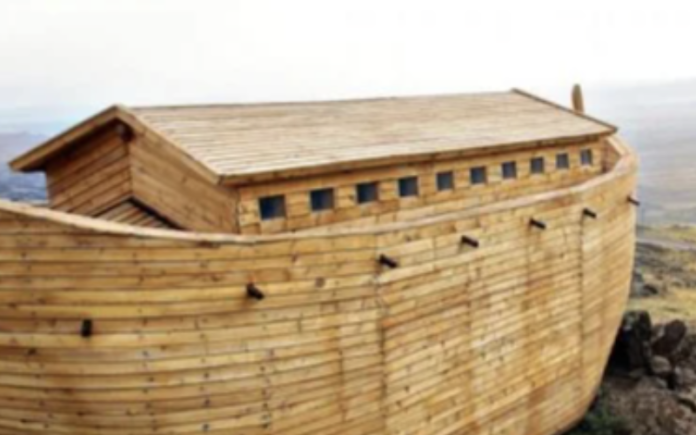Archaeological studies on the slope of Mount Ararat in Agra, Eastern Turkey, continue to be interested in scientists. A group of archaeologists from Ibrahim Chechen Ibrahim University of Ibrahim, Telchecker, and Uzengili, with the hope of finding traces of Noah's Ark, went.
The history of research in this area is 1959, when Cartographer Ilhan Durupinar found a large vessel on the top of the mountain. After scanning and studying the Georadari, scientists have discovered under the surface "artificial structure in the form of a ship". Despite these findings, many doubt the search for Noah's Ark.
Recent excavations in Telchere and Uzengil have provided new data. Samples of rocks and soils from the area where the predictable ruins of the ark were previously found contain traces of processed clay and the remains of marine organisms. The preliminary results of the date of these samples indicate the period of the Eneolithic, which coincides with the time of the World Flood recognized by the majority of scientists. This can be proof that Noah's ark really mocked the Ararat during the reception of water. However, final conclusions require deeper studies that scientists plan to conduct next year.


